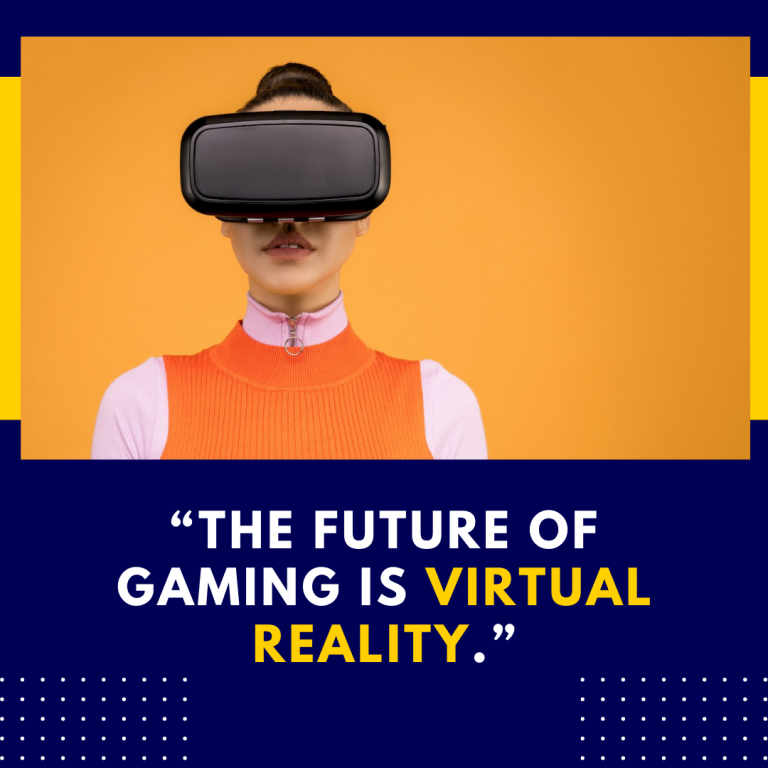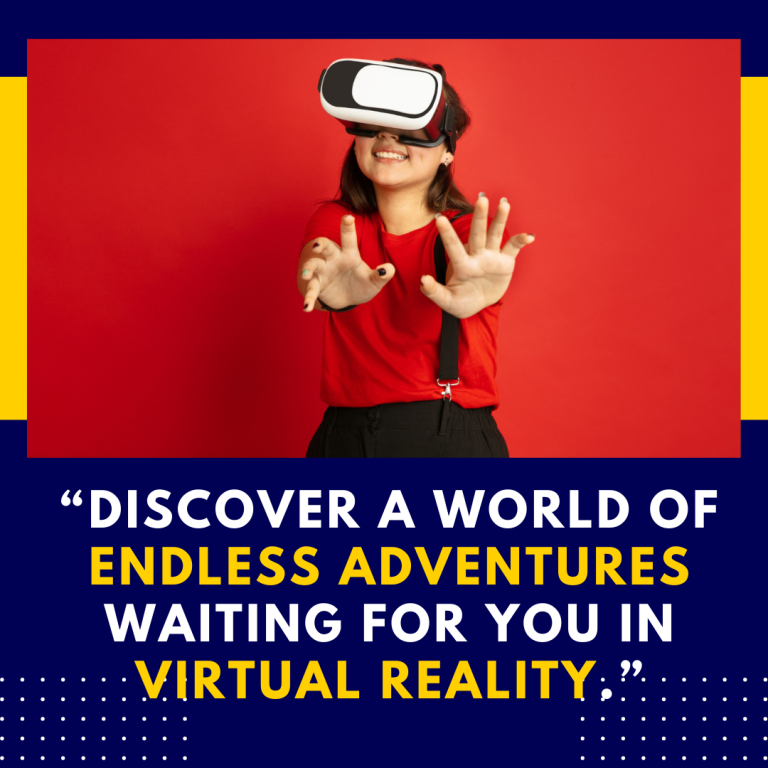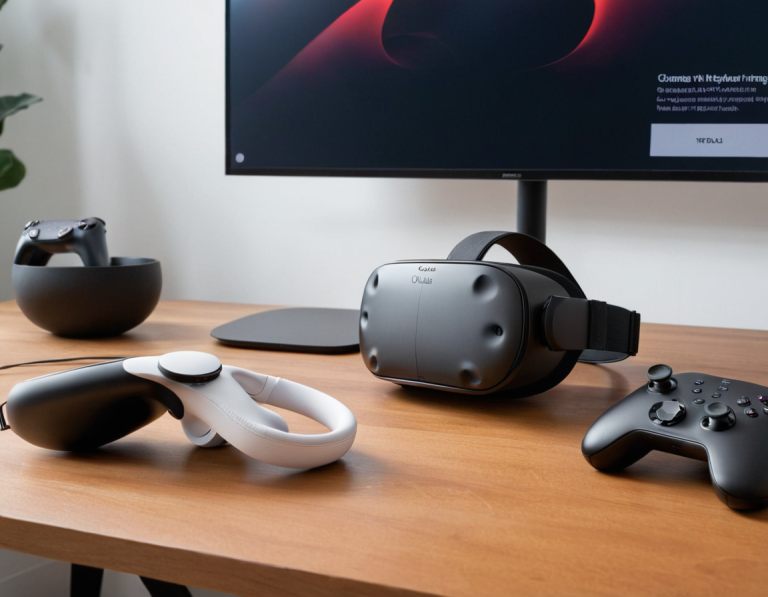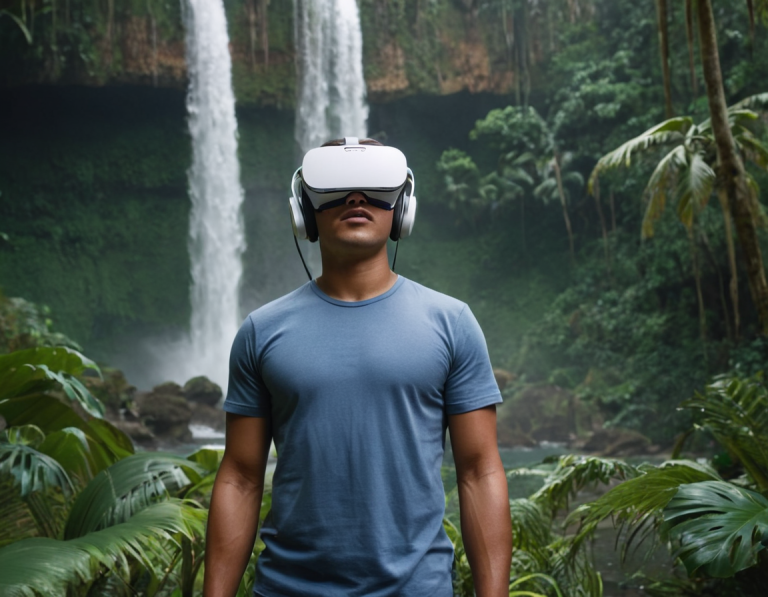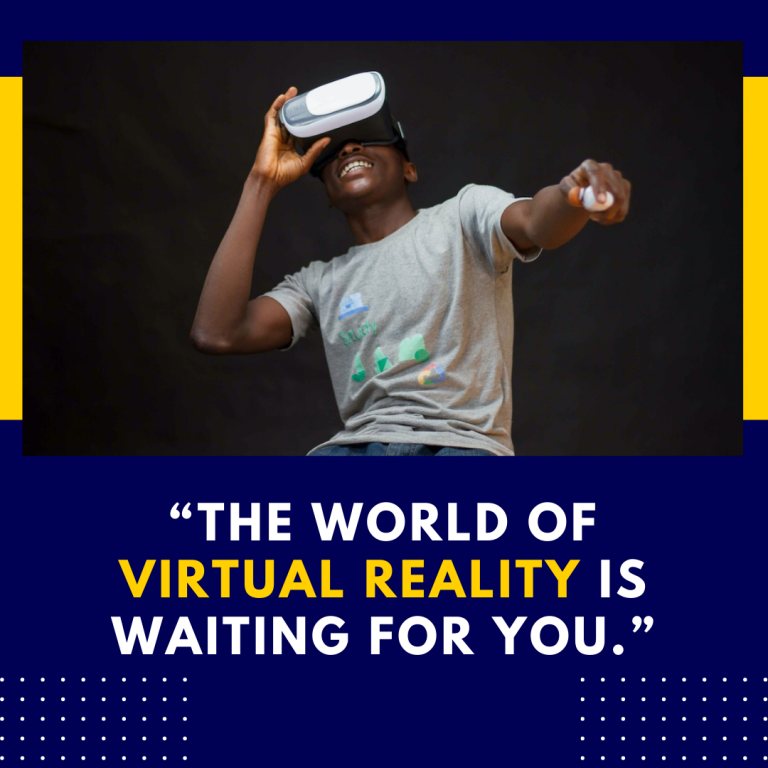What is Oculus Quest 2 Passthrough Mode?
In the realm of virtual reality (VR), the Oculus Quest 2 stands out as one of the most versatile and user-friendly headsets available. One of its key features is the passthrough mode, which allows users to see the real world around them without removing the headset. In this blog post, we will delve deep into what passthrough mode is, how it works, its benefits, limitations, and practical applications.
Understanding Passthrough Mode
What is Passthrough Mode?
Passthrough mode utilizes the Oculus Quest 2’s external cameras to create a real-time view of the physical environment surrounding the user. Instead of the immersive, digital world that VR typically offers, passthrough mode lets users see their room or surroundings while still wearing the headset. This feature is particularly useful for maintaining awareness of one’s physical space while engaging in VR activities.
How Does It Work?
The Oculus Quest 2 is equipped with multiple cameras on the front of the headset. When passthrough mode is activated, these cameras capture the real-world environment and project it onto the display inside the headset. The system uses advanced algorithms to create a 3D effect, allowing users to perceive depth and spatial relationships, although the visual fidelity is not as high as in fully immersive VR experiences.
Activating Passthrough Mode
Activating passthrough mode on the Oculus Quest 2 is straightforward. Users can press the Oculus button on the controller to bring up the universal menu and select the “Passthrough” option. This feature is especially helpful when you need to take a break from gaming or need to navigate your physical space without removing the headset.
Benefits of Passthrough Mode
1. Safety and Awareness
One of the primary advantages of passthrough mode is safety. VR environments can be engaging, causing users to lose track of their physical surroundings. Passthrough mode allows users to check their environment for obstacles, pets, or other people without needing to take off the headset, reducing the risk of accidents.
2. Seamless Transition Between VR and Real Life
Passthrough mode enables a smooth transition between virtual and physical experiences. Whether you need to grab a drink, check your phone, or simply pause for a moment, this feature allows for an uninterrupted experience, enhancing convenience.
3. Mixed Reality Experiences
Developers are increasingly creating mixed reality applications that blend real-world elements with virtual experiences. Passthrough mode is crucial for these applications, allowing users to interact with both their physical environment and digital objects seamlessly. For example, games and applications can overlay virtual elements onto the real world, creating a hybrid experience that enhances engagement.
4. Social Interaction
In social VR experiences, being able to see your surroundings can facilitate better interaction with others in the same space. Passthrough mode allows users to communicate with people nearby without removing the headset, thus fostering a more social environment even while engaged in virtual activities.
Limitations of Passthrough Mode
1. Visual Quality
While passthrough mode is a useful feature, the visual quality may not match that of a high-definition VR environment. The images are often grayscale, lacking the color depth and clarity found in fully immersive experiences. This can make detailed tasks or interactions more challenging.
2. Limited Field of View
The field of view in passthrough mode is also limited compared to what users see in a fully immersive VR setting. The cameras capture only a portion of the surrounding environment, which can create a somewhat disorienting effect for users not accustomed to it.
3. Distraction
For some users, seeing the real world while engaged in a VR experience can be distracting. The blend of virtual and physical realities may disrupt immersion, particularly in games designed for focused engagement.
Practical Applications of Passthrough Mode
1. Fitness and Exercise
Passthrough mode can enhance fitness applications by allowing users to see their surroundings while exercising. This feature helps users avoid obstacles during workouts and can provide a more enjoyable and safer exercise experience.
2. Remote Work and Collaboration
In a remote work environment, passthrough mode can facilitate collaboration. Users can attend virtual meetings while maintaining awareness of their real-world surroundings, enabling multitasking and enhanced productivity.
3. Gaming Enhancements
Game developers are exploring the potential of passthrough mode to create new gameplay mechanics. For instance, games that require players to interact with physical objects in their environment can benefit significantly from this feature, bridging the gap between virtual and real-world interactions.
Resources for Further Exploration
If you’re interested in learning more about the Oculus Quest 2 and its passthrough mode, here are some valuable resources:
- Oculus Support Page: Visit the official Oculus website for detailed guides on using passthrough mode.
- YouTube Tutorials: Various content creators offer tutorials and walkthroughs demonstrating how to use passthrough mode effectively.
- VR Community Forums: Engage with fellow VR enthusiasts on forums like Reddit, where you can ask questions and share experiences related to passthrough mode and other features.
Conclusion
Passthrough mode is a game-changing feature of the Oculus Quest 2, providing users with a unique way to engage with both virtual and real environments. While it has its limitations, the benefits it offers in terms of safety, convenience, and mixed reality experiences are significant. As VR technology continues to evolve, we can expect further enhancements and innovative applications of passthrough mode, solidifying its place as an essential feature for both casual users and developers alike.

